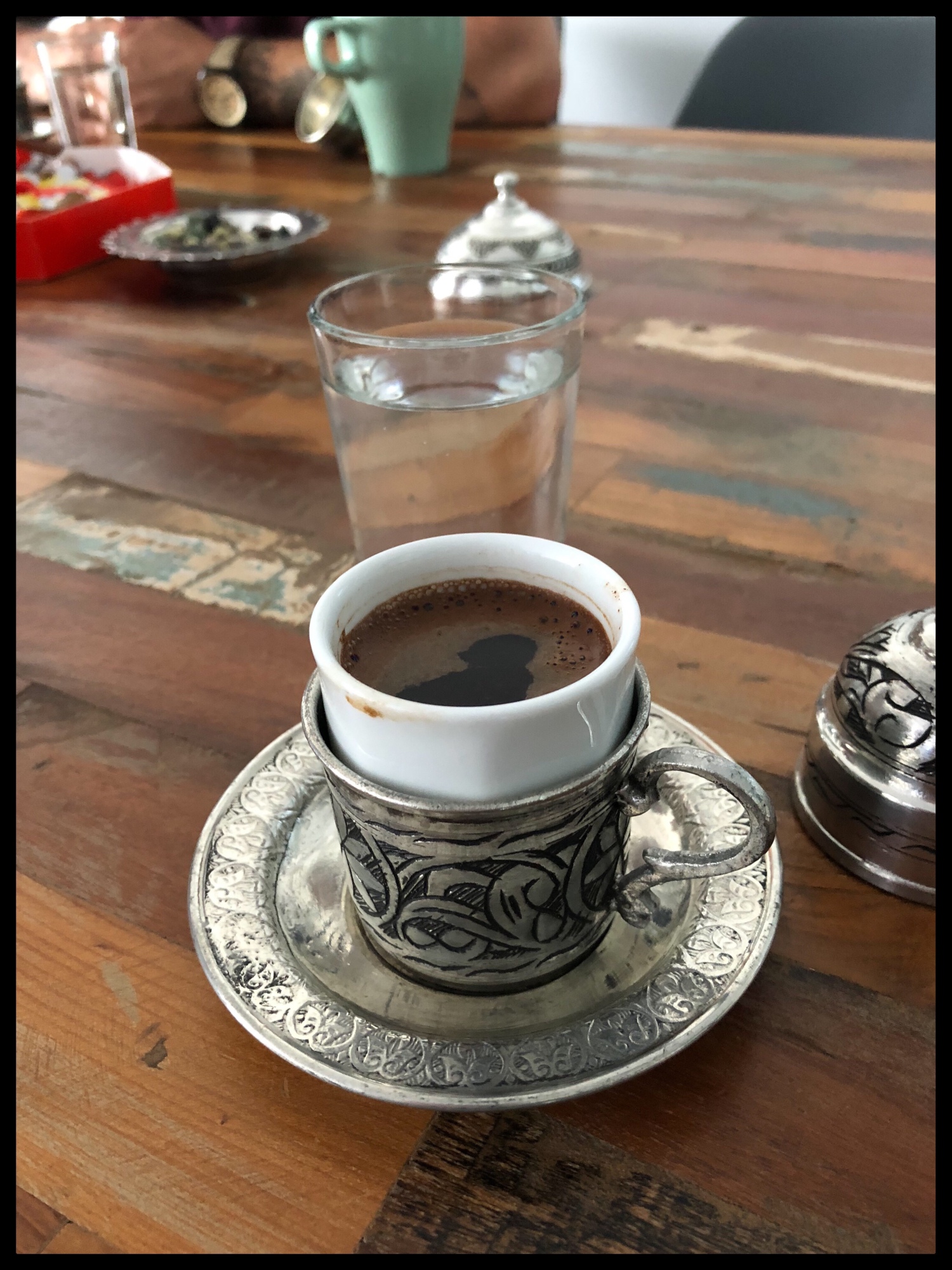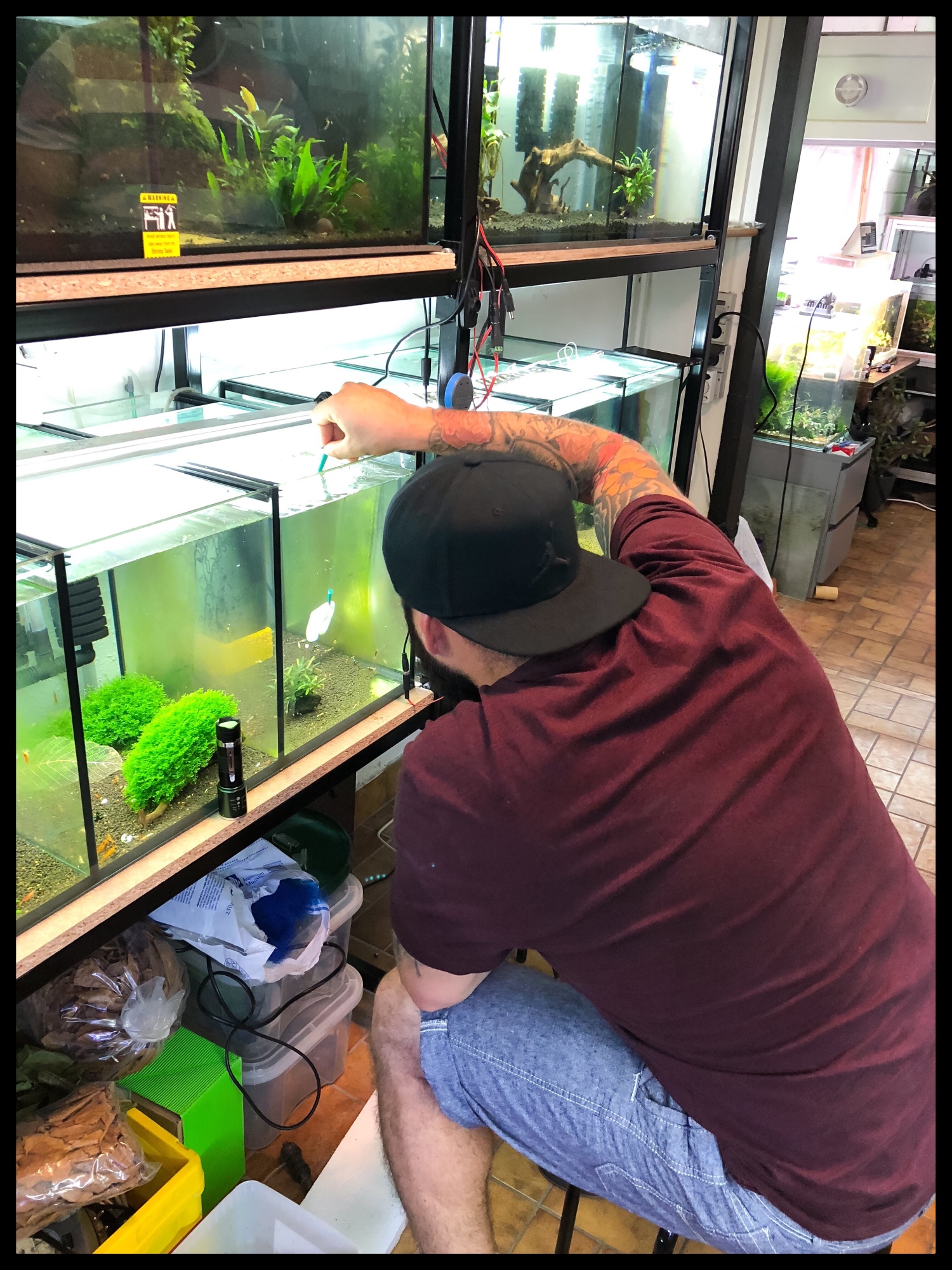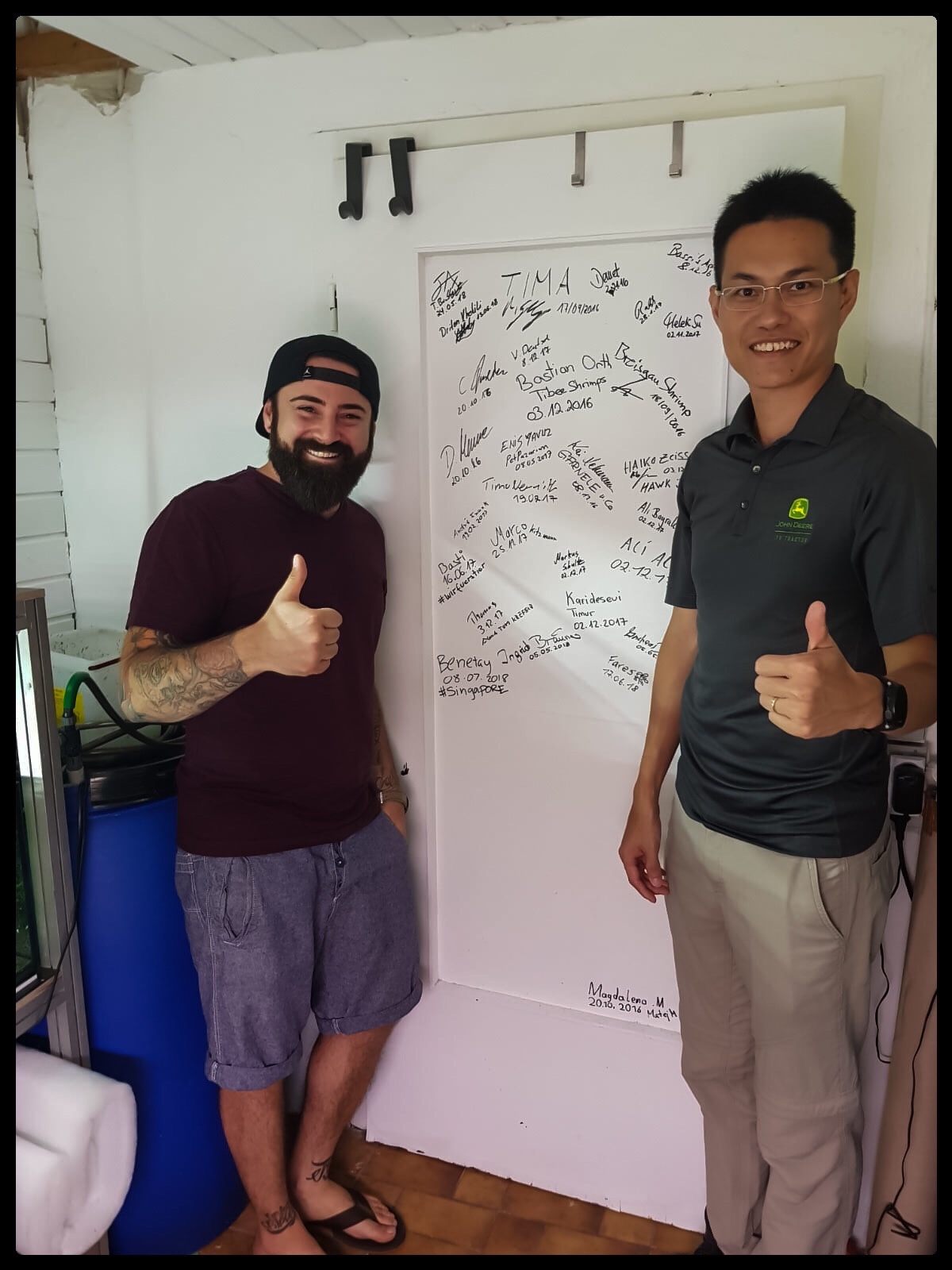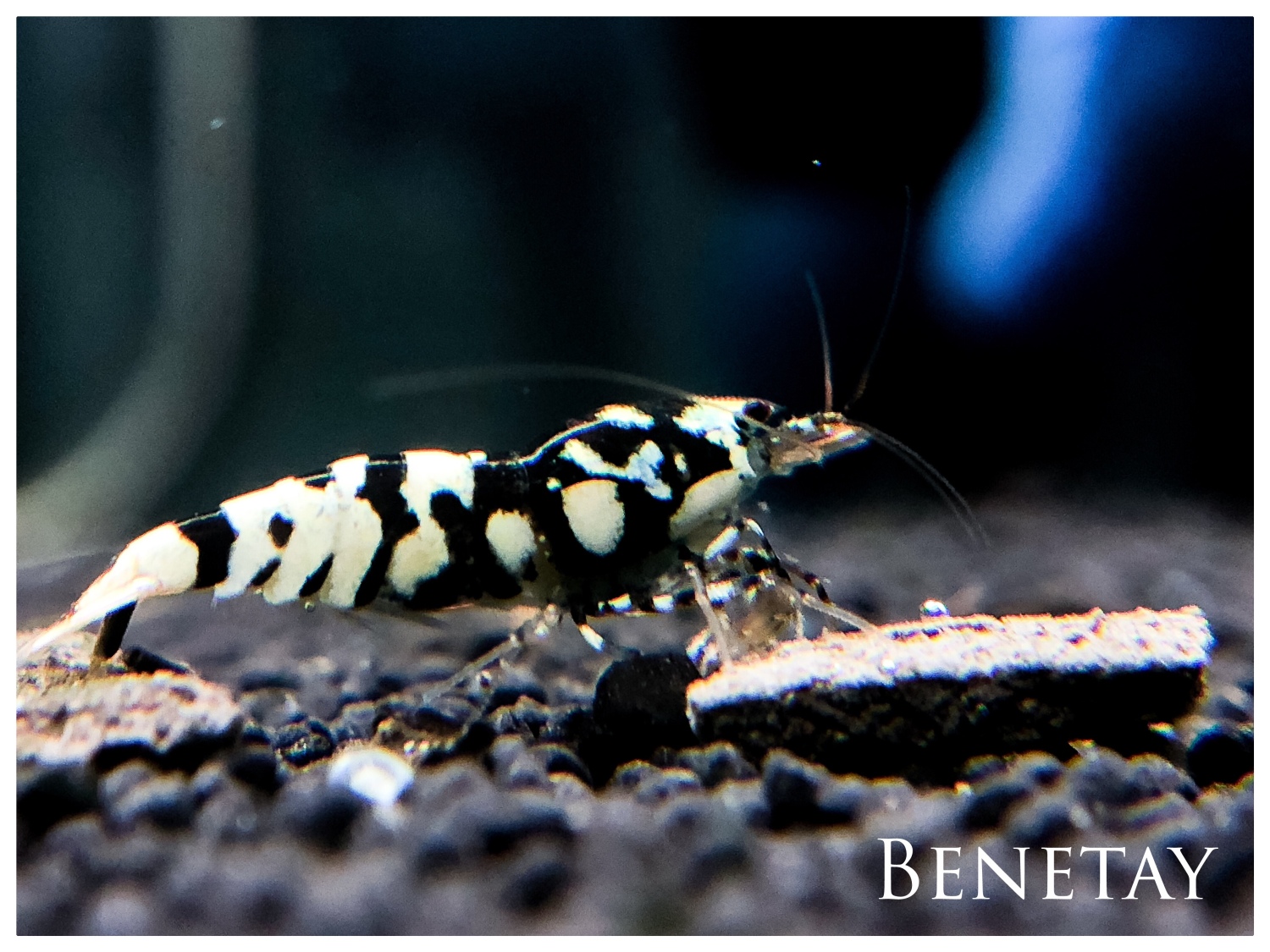


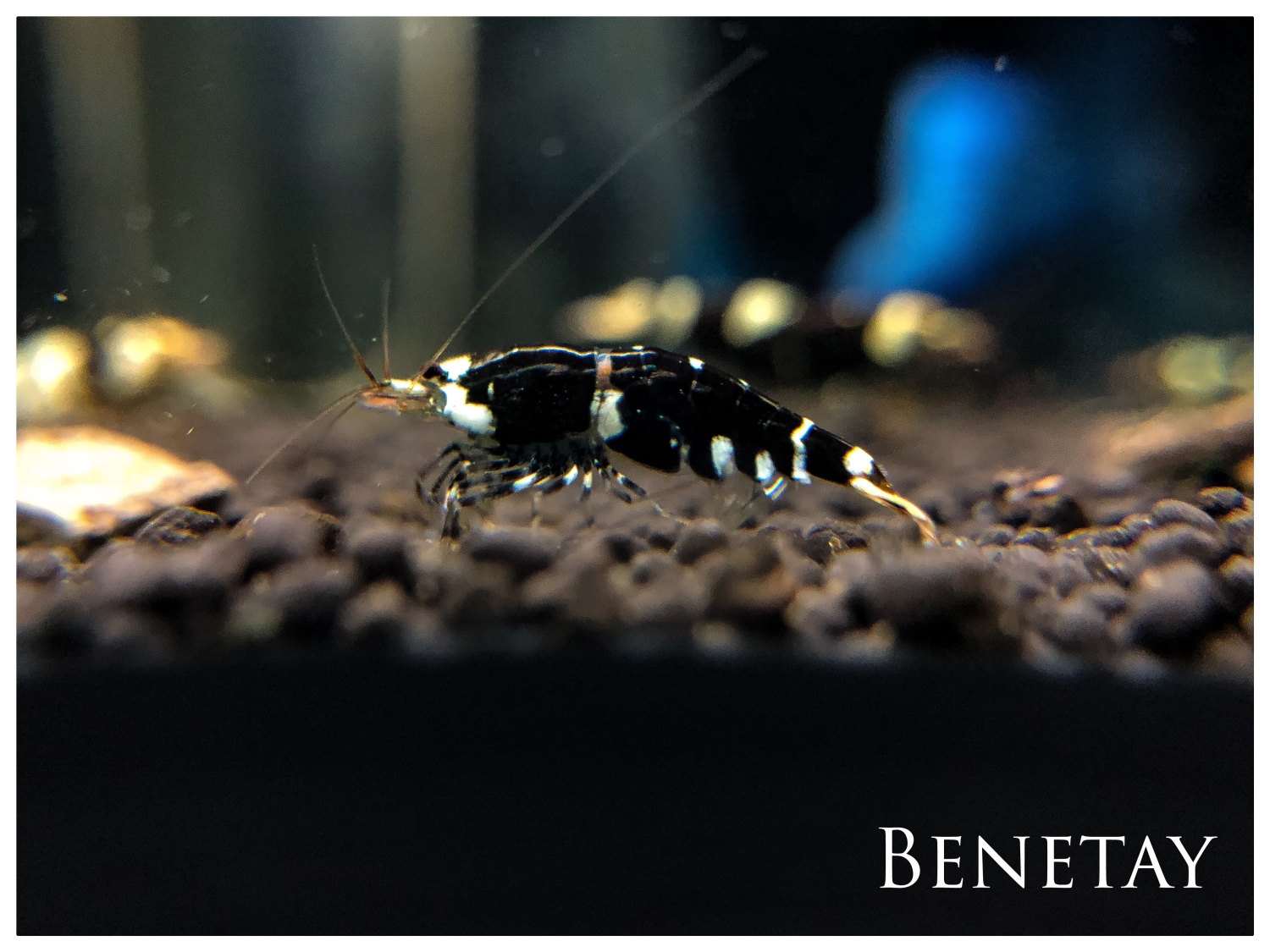
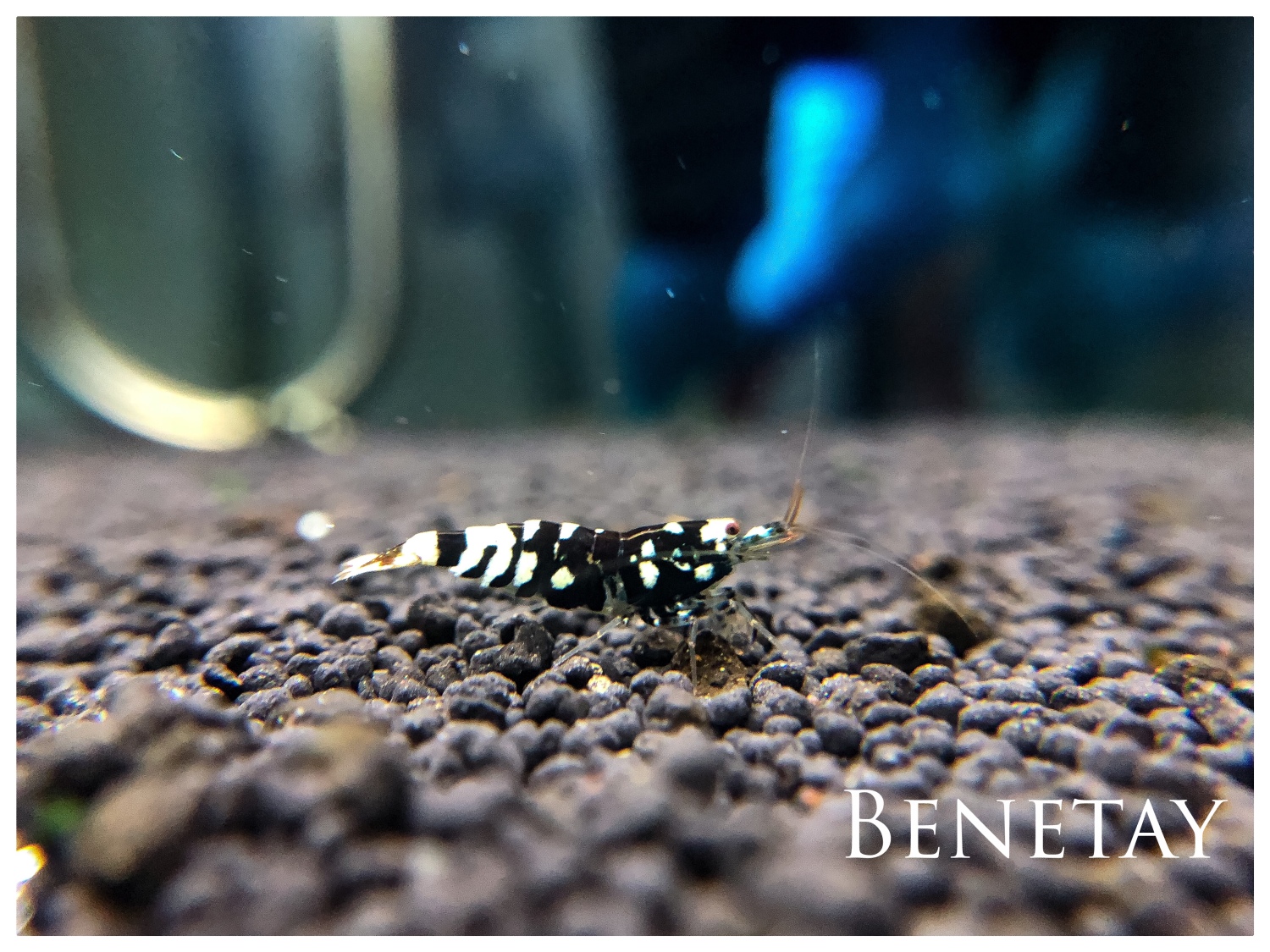

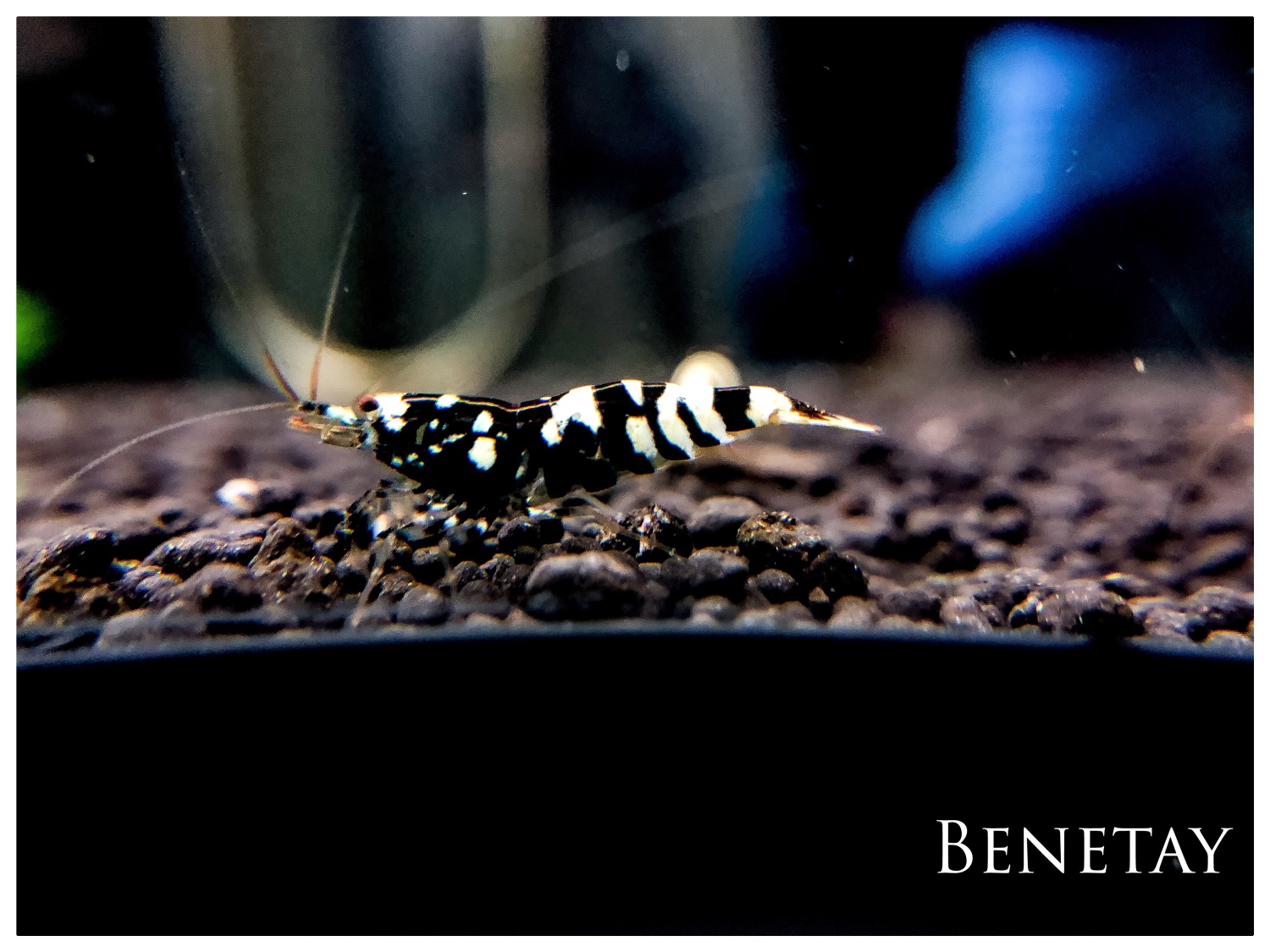
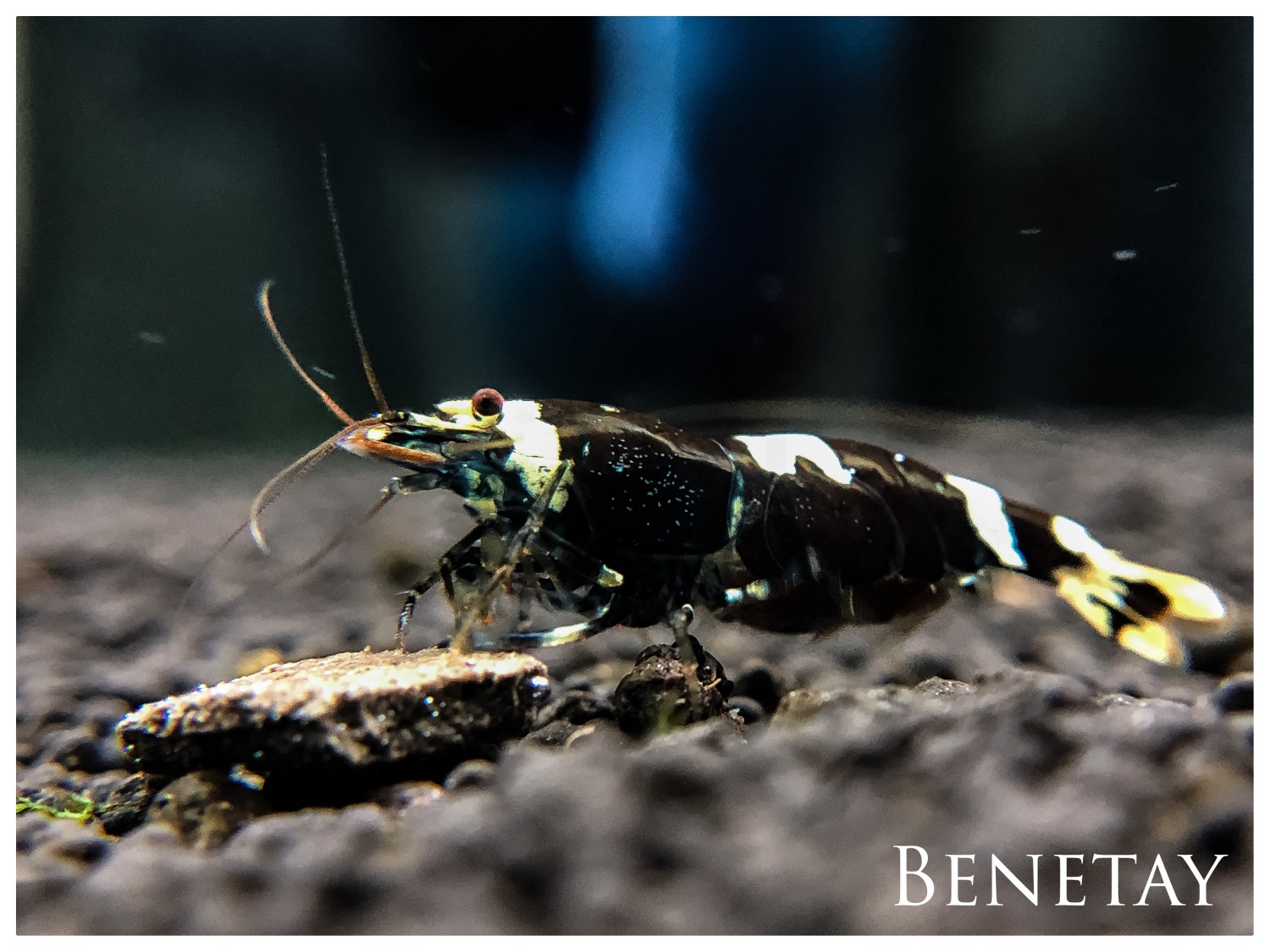

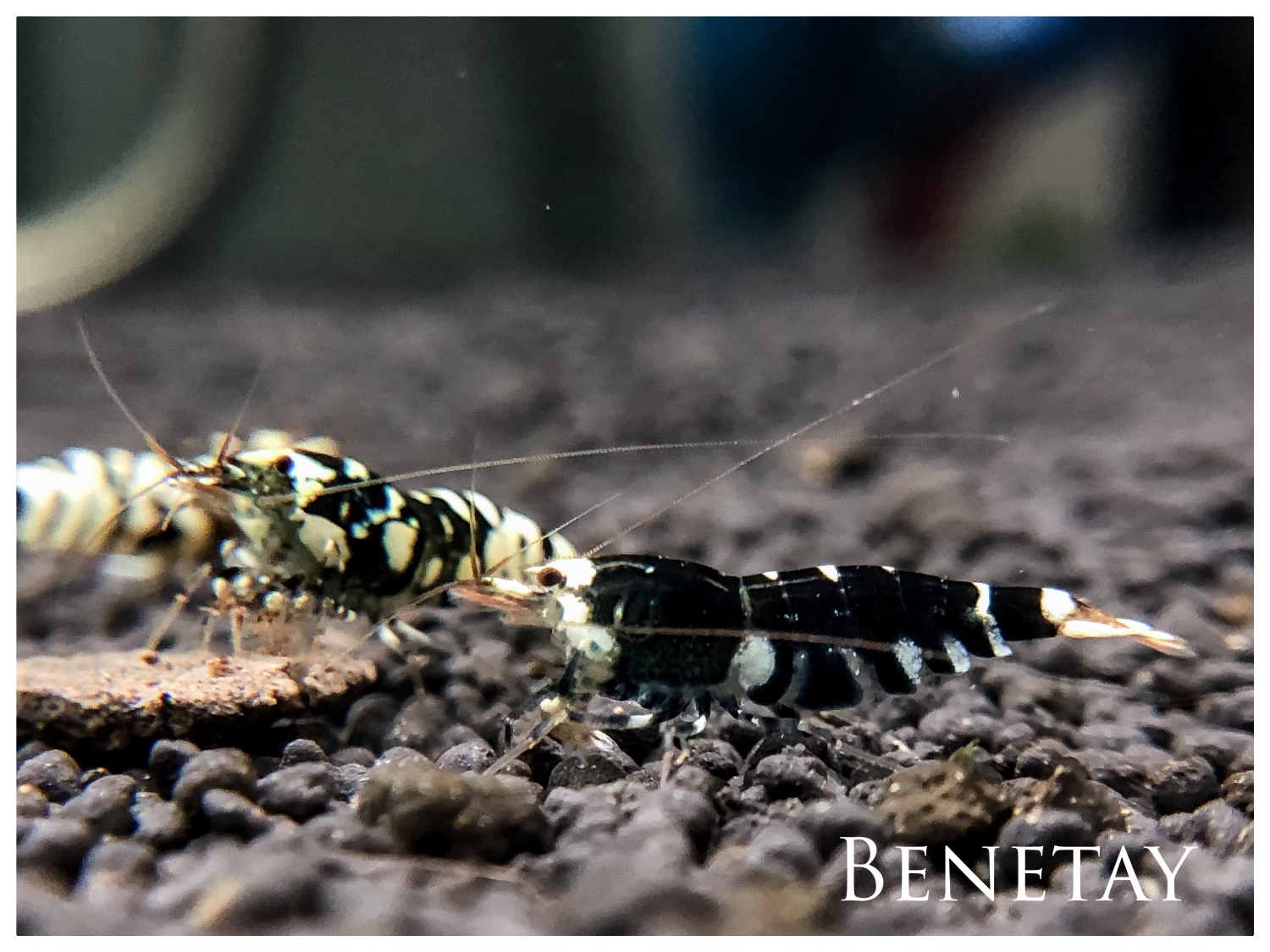
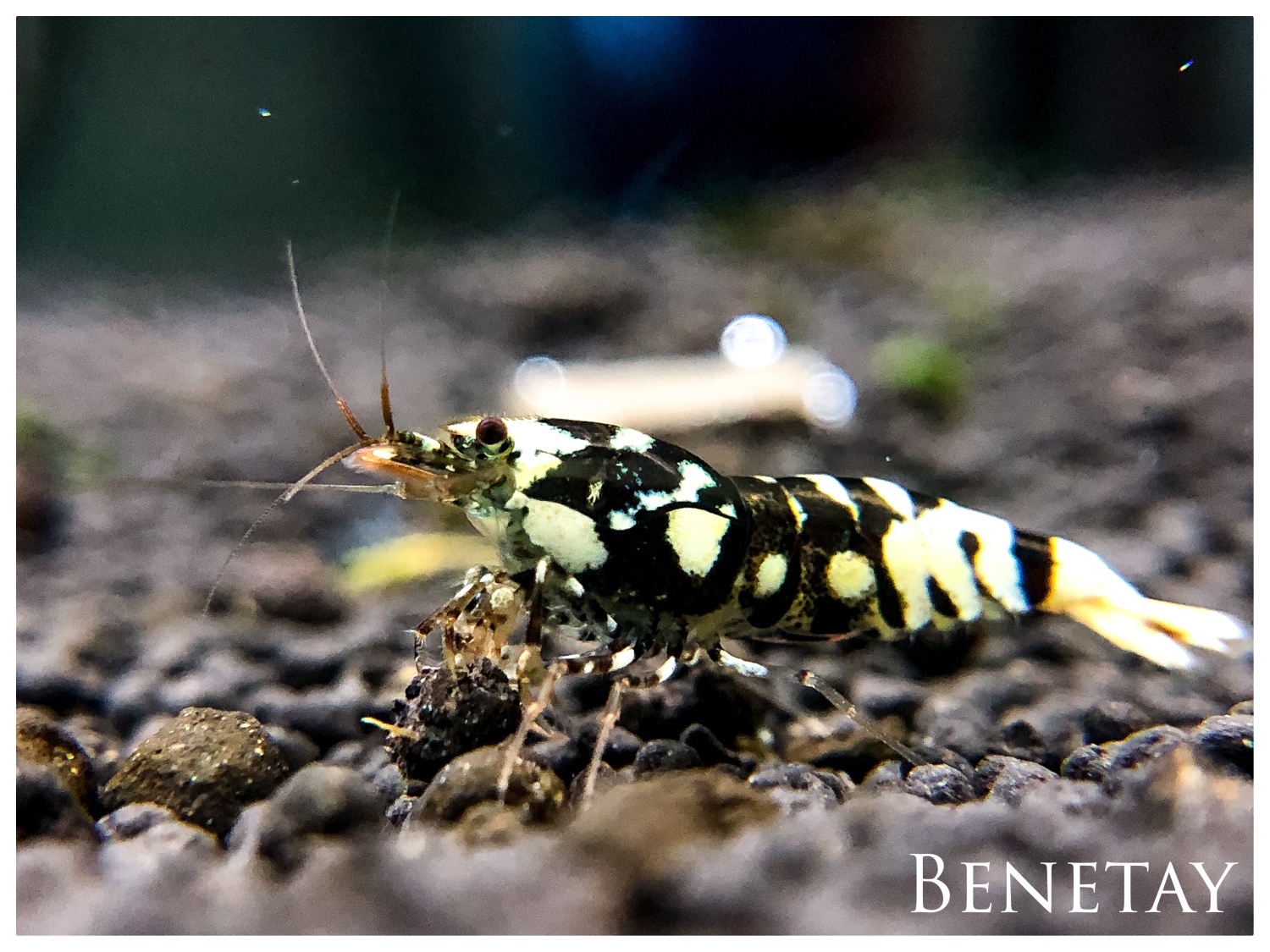
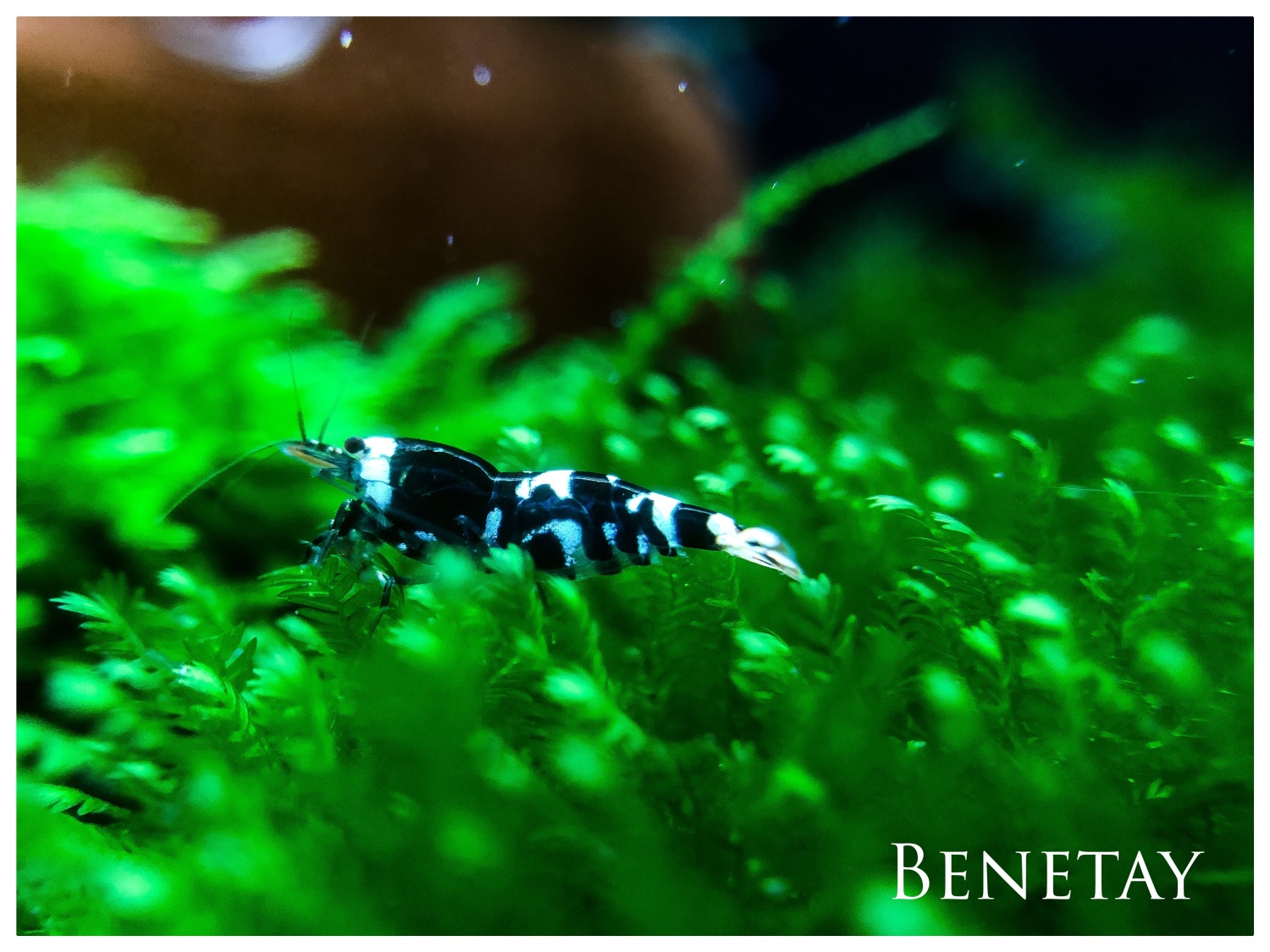

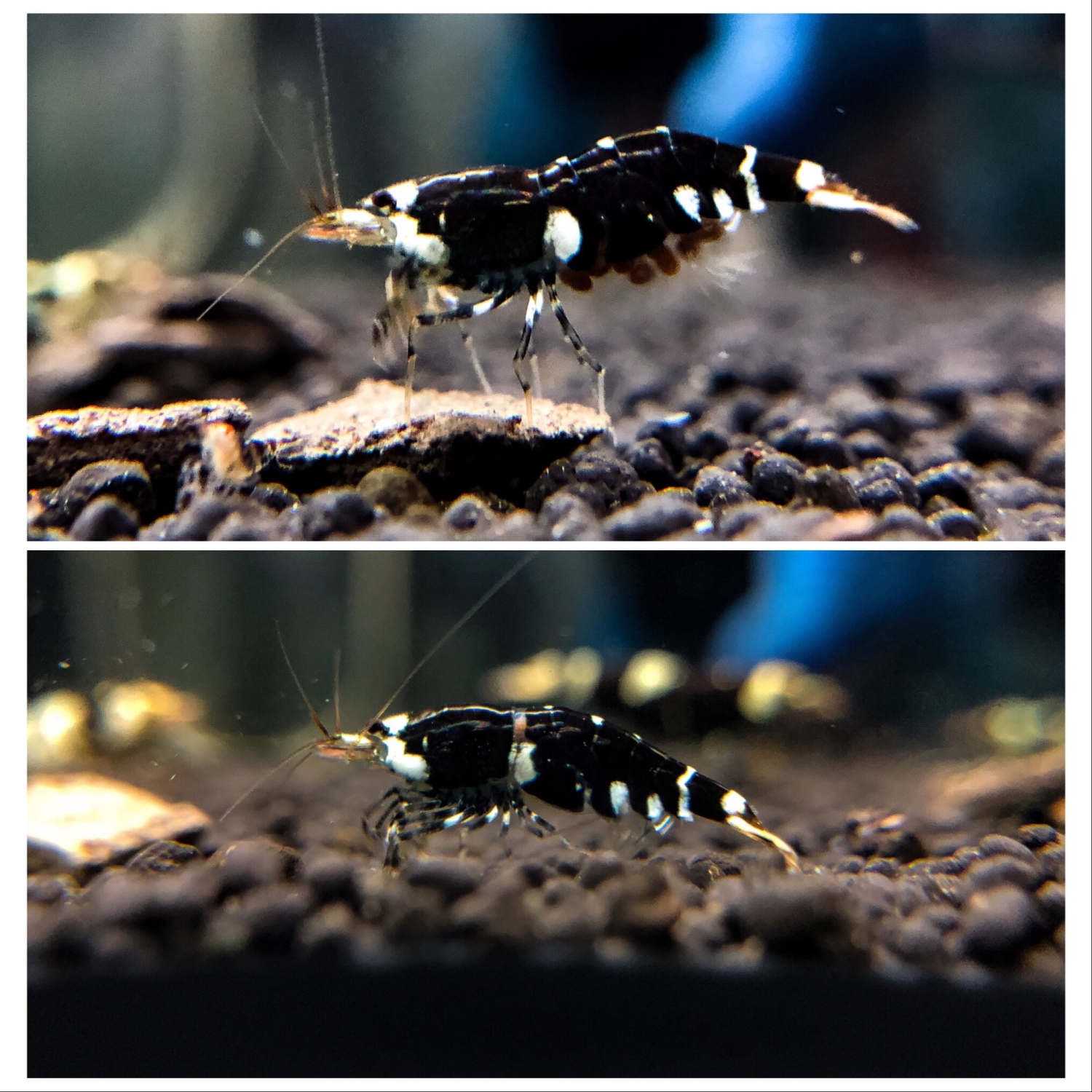


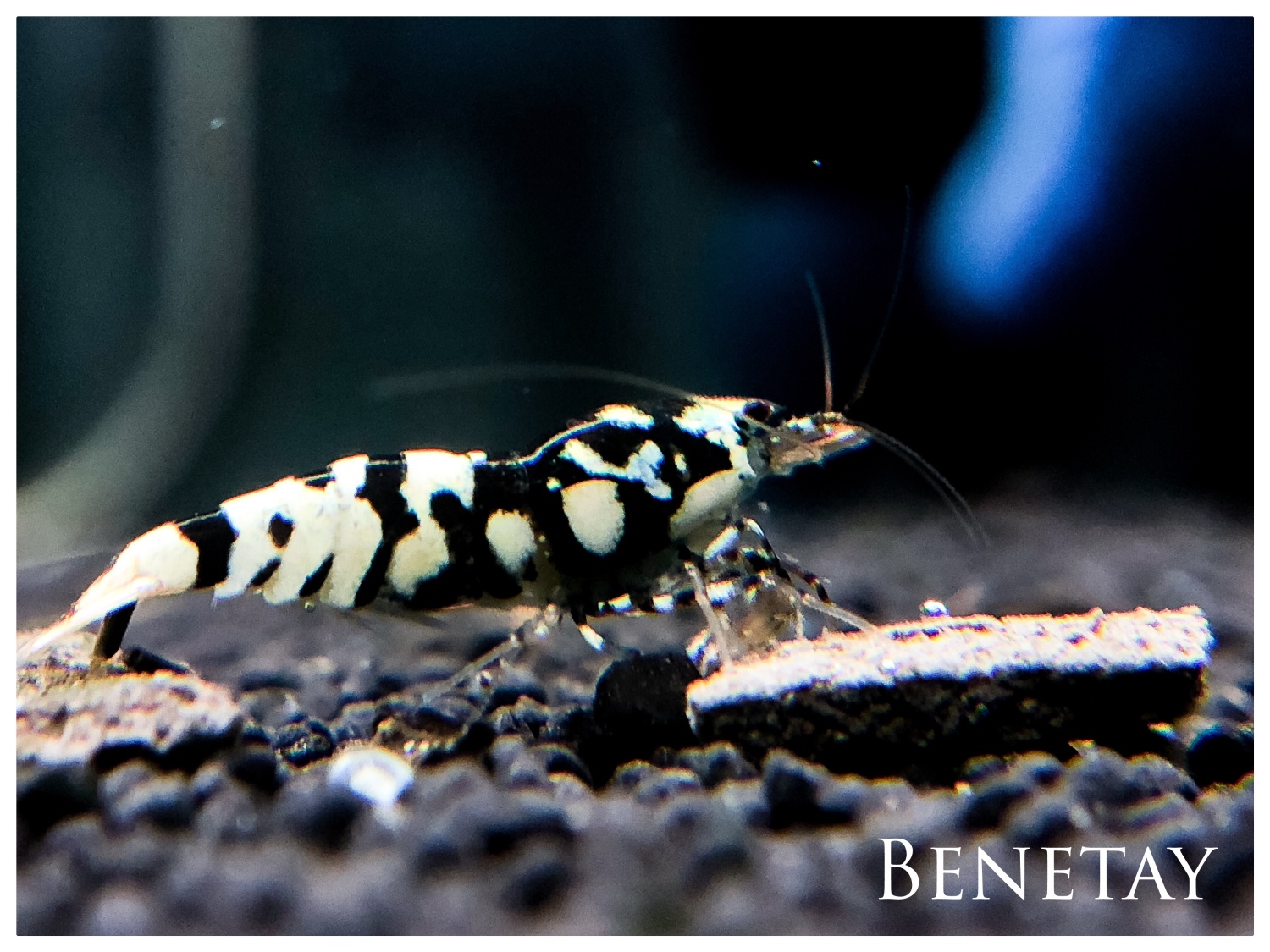
New post right after Chinese New Year. For those who have been requesting me to write on some topics. These are for you.
Sharing some of the black fancy tiger picture with you.
Is the shrimp price bubble that will burst eventually. This blog post will be about the dark secrecy that underline prices peak period.
Have you wonder why are some prices of shrimp so high whereas some are Low? Actually this is all relative. When a new selective bred shrimp is new it often command a high price and after about 2 years the price will fall.
Take in the case of black King Kong, when it was firstly available in the market they are priced very high but because it is fairly easy to stablize the prices plummeted crazily over a short period of 1 year. Different shrimp have a different price cycle where it goes from high to Low.
There are some shrimp until today still command high prices because of the difficulty to get good graded quality due to instability of the breed.
The dark secret of some hobbyist who sell shrimp to fellow hobbyist is to prey on your new venture into shrimp hobby. They know that you have little knowledge and they will brainwash you and inflate the prices. Such behaviour is highly disregarded and totally lacking of integrity. They will tell you anything and everything despite their little knowledge. Shrimp keeping hobby started in Japan but in my opinion perfected in Taiwan. Some hobbyist continue to con newbies by creating groups to sell them their shrimp and wares without having sufficient knowledge learn from the source. This result in degradation of the shrimp keeping hobby. The degrading of knowledge twisting facts to sell their shrimp.
One example is that you can get graded shrimp from culls. Another example is that PRL will breed out Snow White. These are the very notion that created confusion and degradation of knowledge. Pure red line is term pure for a reason, whoever claim that Snow White is the end result of PRL has totally no idea of what they are talking about. If culls can get graded shrimp, it will be heavily guarded by breeders themselves.
Another example is the following.
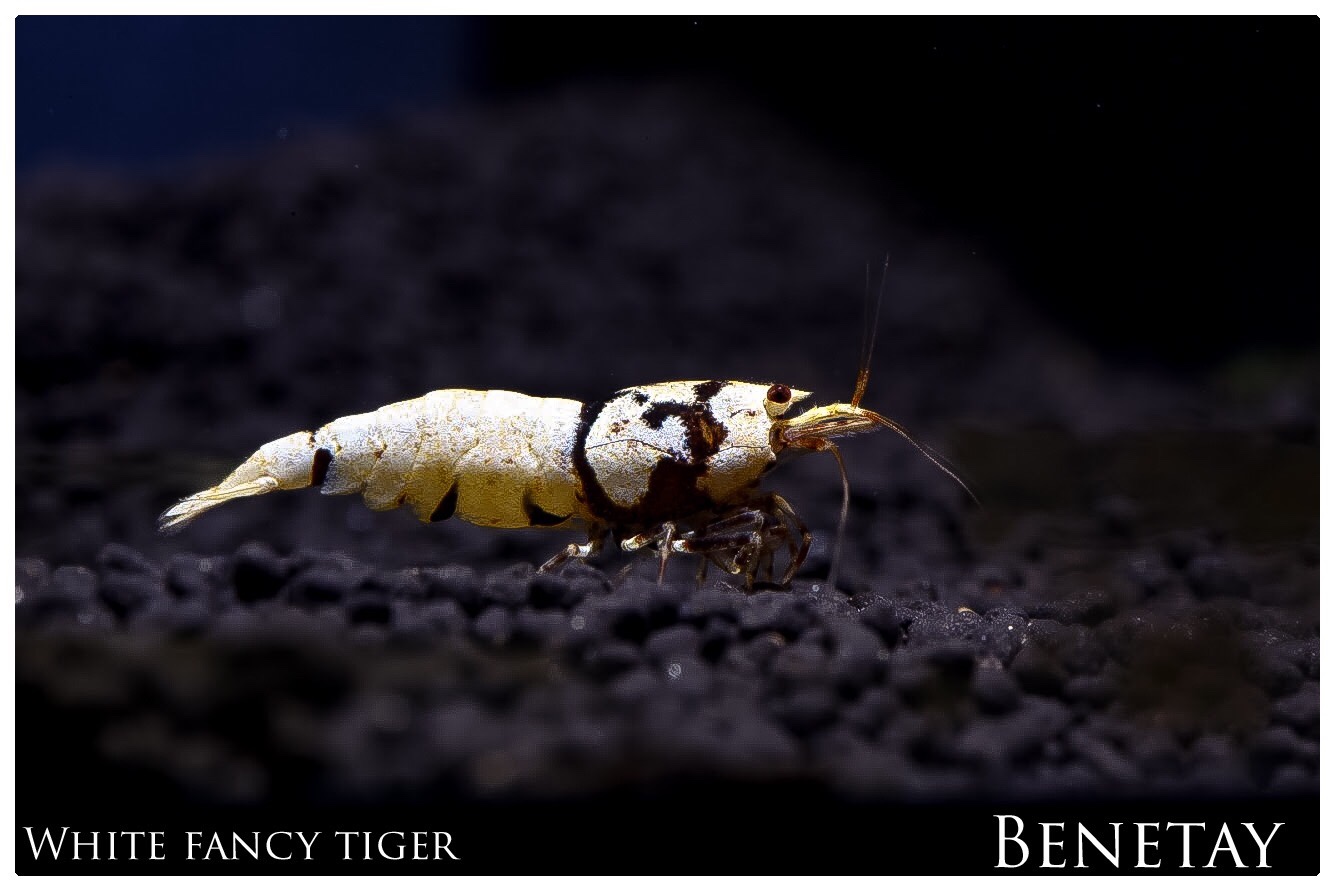
This was sold to me by a Local hobbyist who at that time had 3 years of experience. He sold it to me as a black fancy tiger at an extravagant price due to my lack of knowledge and my weakness to trust. However, through this ordeal the “friendship” is only worth as much as the shrimp. It was after a year I realise he continue to prey on newbies and taught them poor shrimp keeping methods. How did I find out? It was through connection from FB that they shared their frustration with me.
This was sent to me from an irate hobbyist frustrated over his nonsense. Names are edited out to protect their identity but would leave the person who continue to prey on newbies. Caveat emptor. Buyer beware. Should a journey of fun and learning become derailed by someone unscrupulous is worth sharing with the community as we continue to stand tall to sellers who lack integrity.

Circling back to the topic, price is a tricky topic to discuss and only through examples highlighted above will hobbyist know that there are many dark secret behind it. Black fancy tiger pricing has been quite high for graded ones and the prices for BFT in Taiwan dollars:
- Grade 1: 100,000 twd per pair
- Grade 2: 70,000 twd per pair
- Grade 3: 50,000 twd per pair
Some of the reasons for the high pricing is due to the difficult in breeding quality graded ones even after such a Long time.

This is a grade 1 male.
Happy Chinese New Year!
Should there be other questions on pricing etc feel free to leave a comment or look me up in FB.
Keep those request coming and I’ll blog it for you.













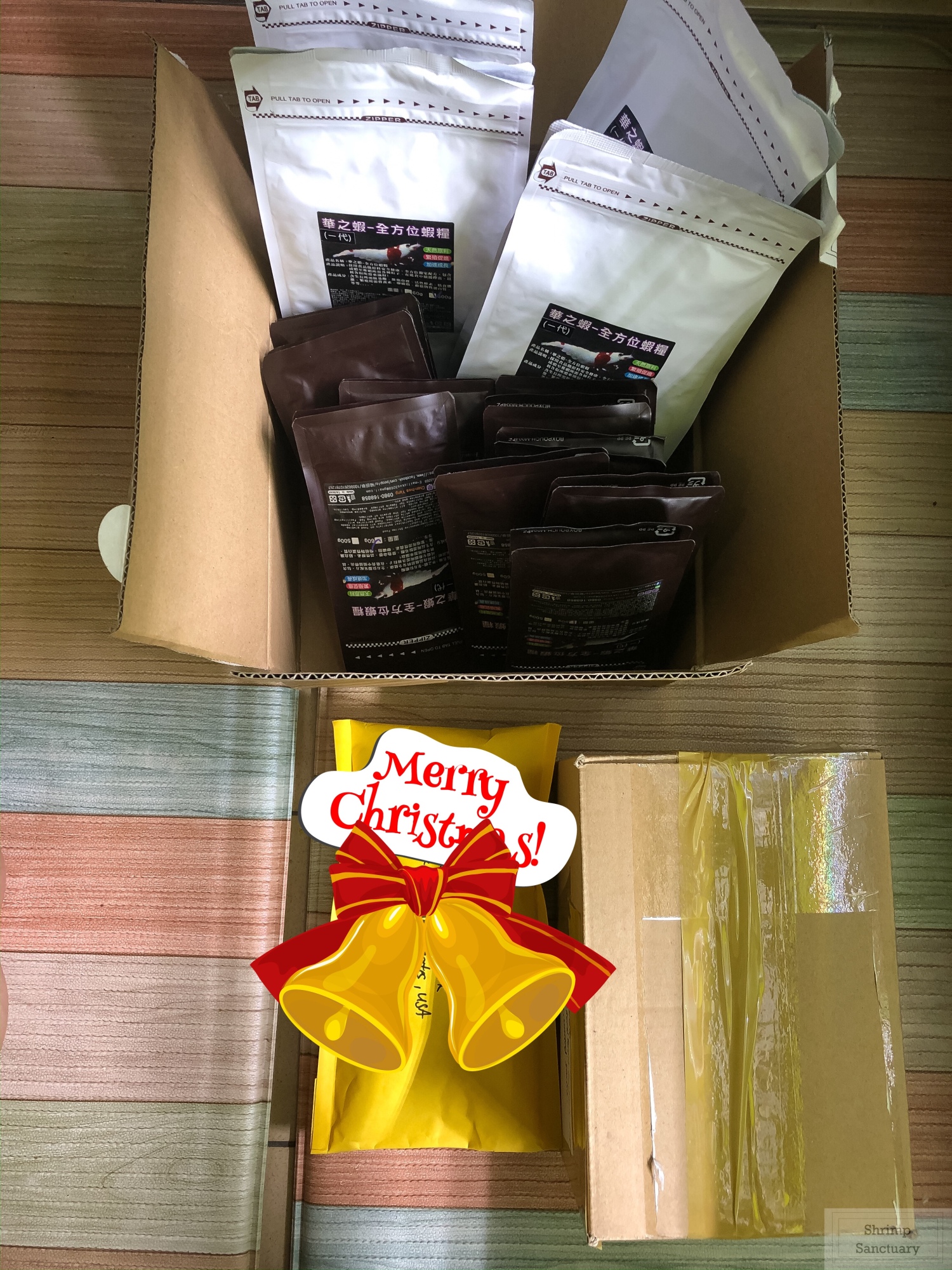
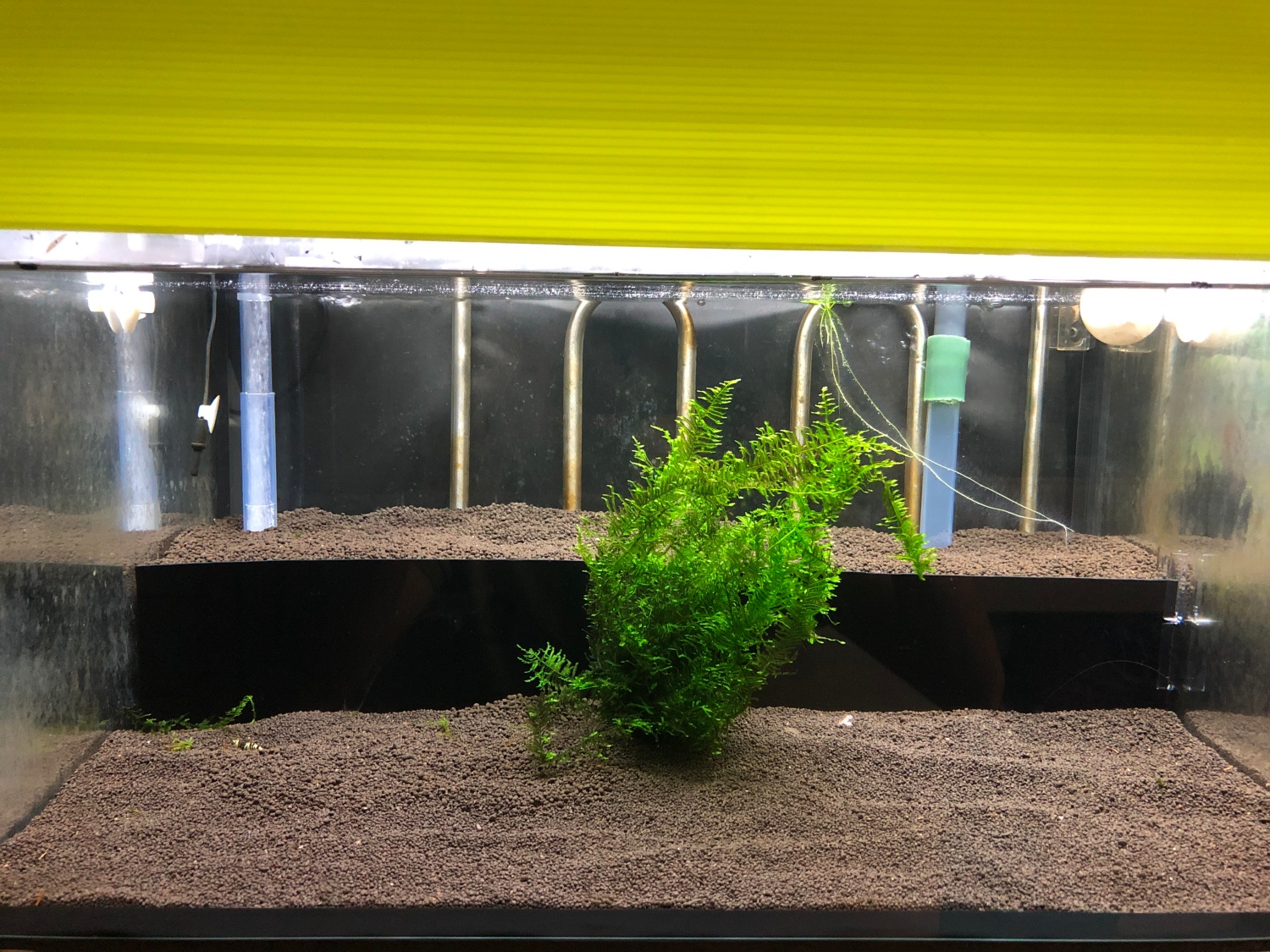
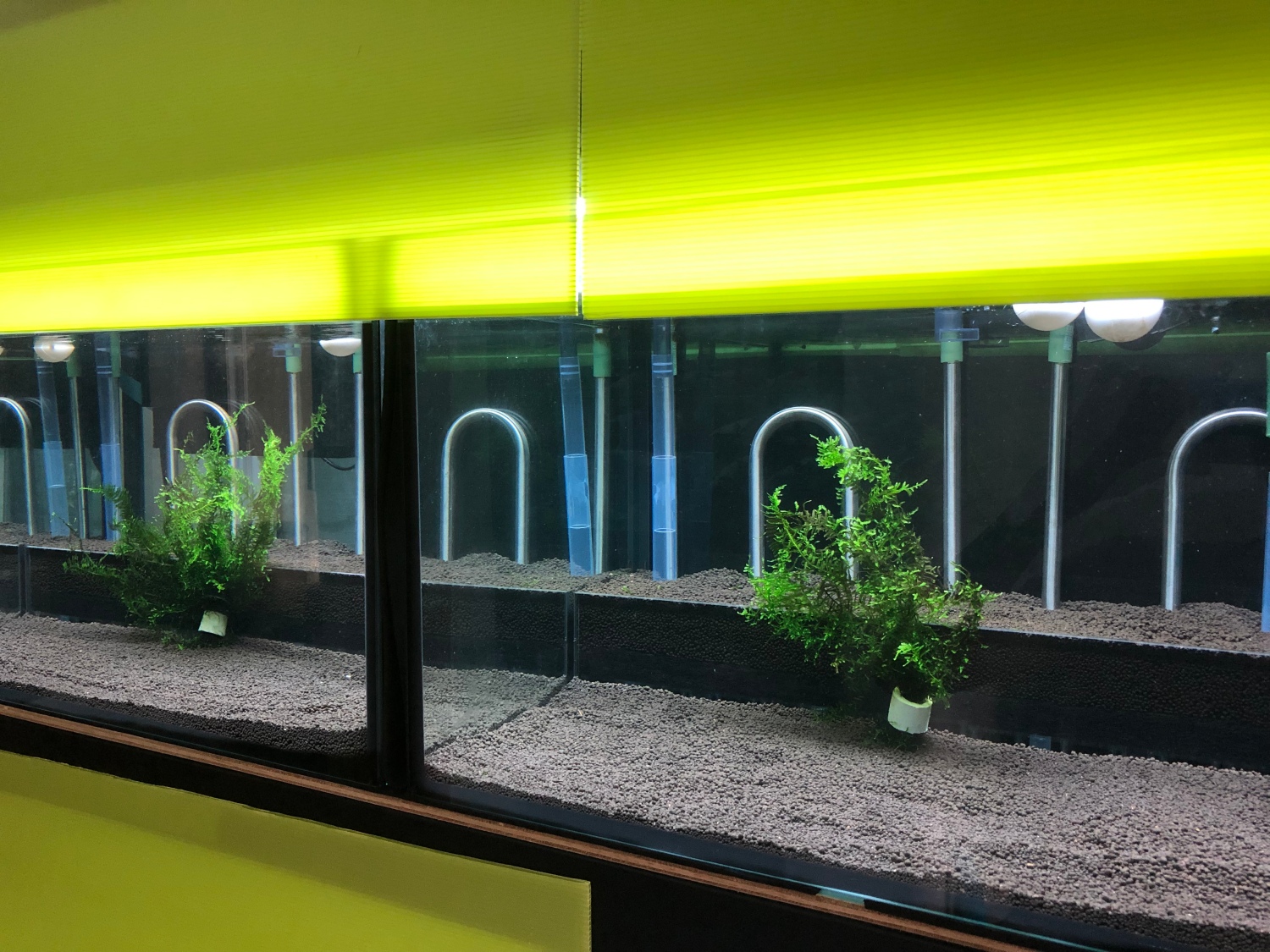






















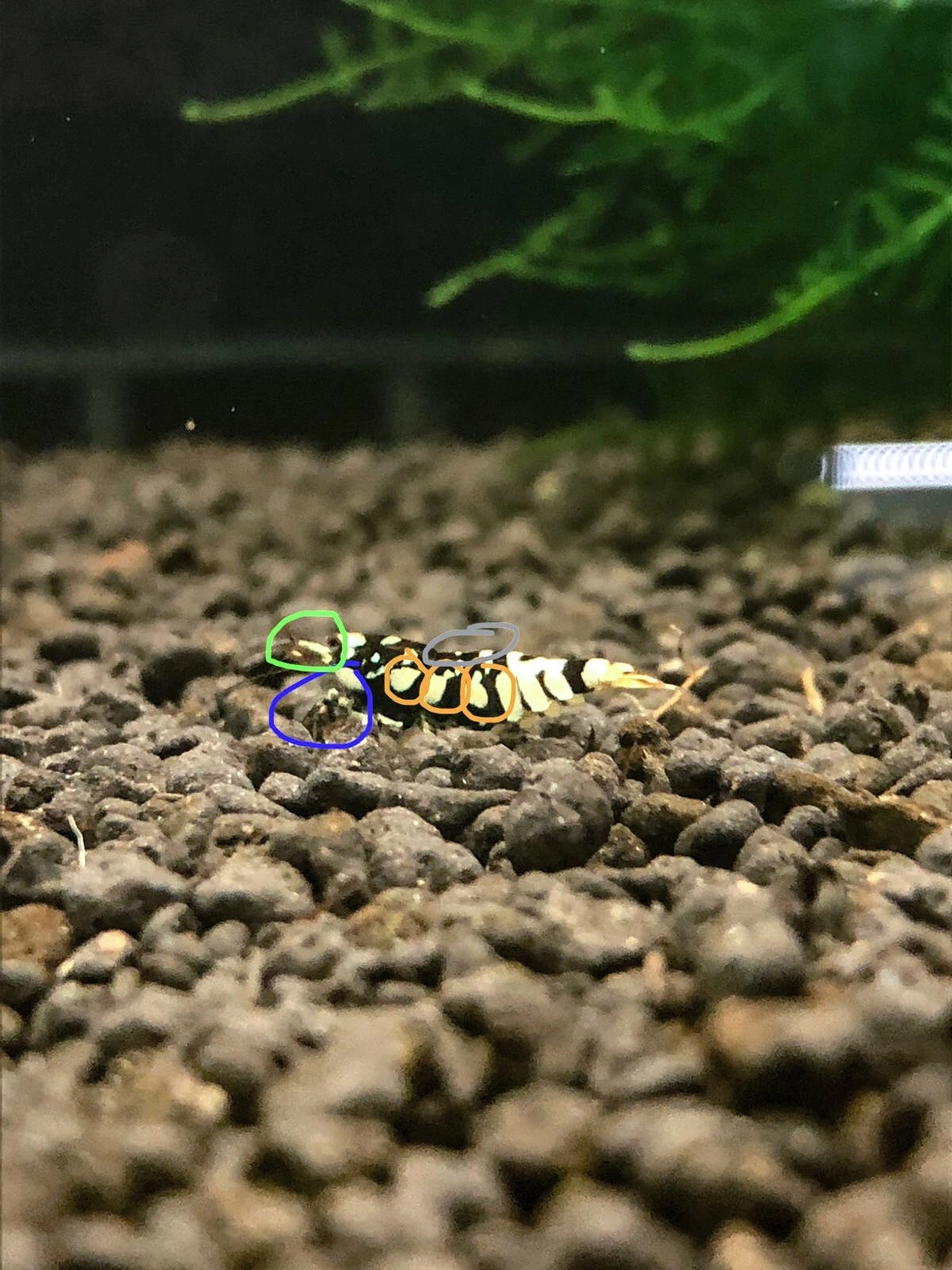







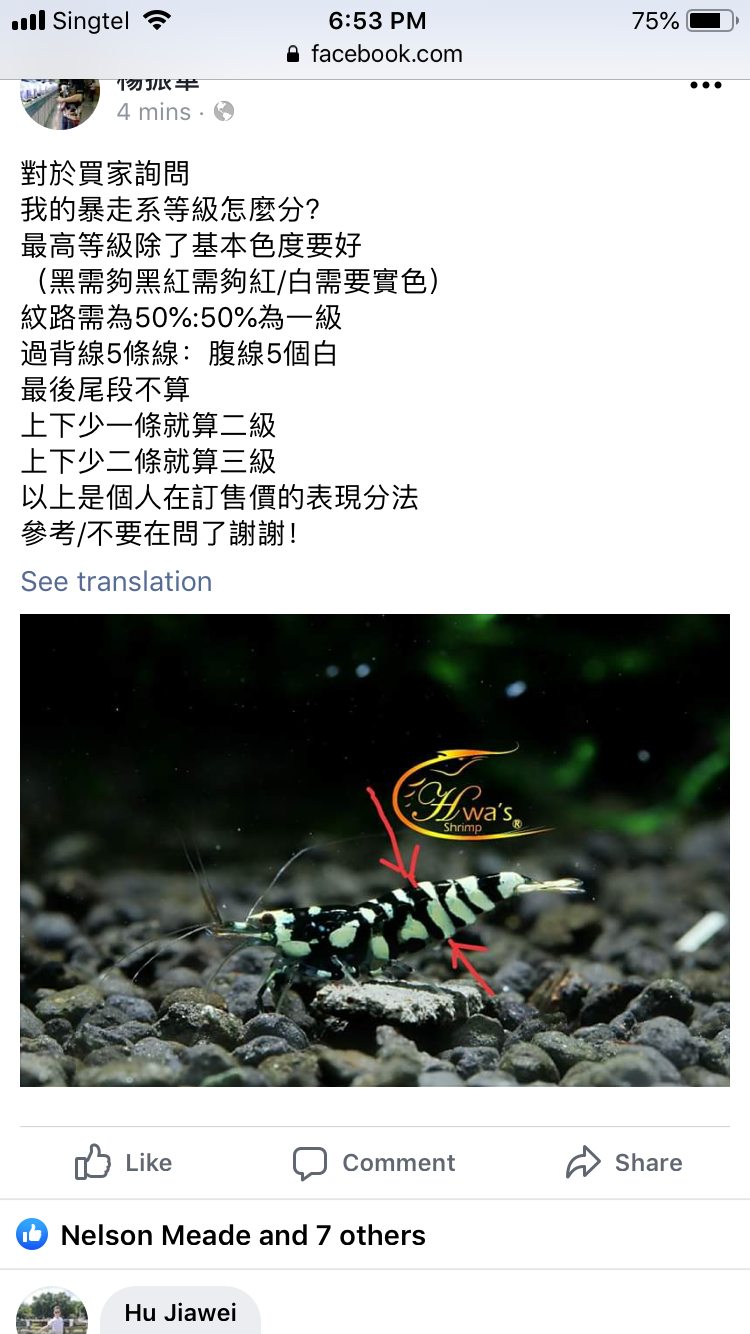
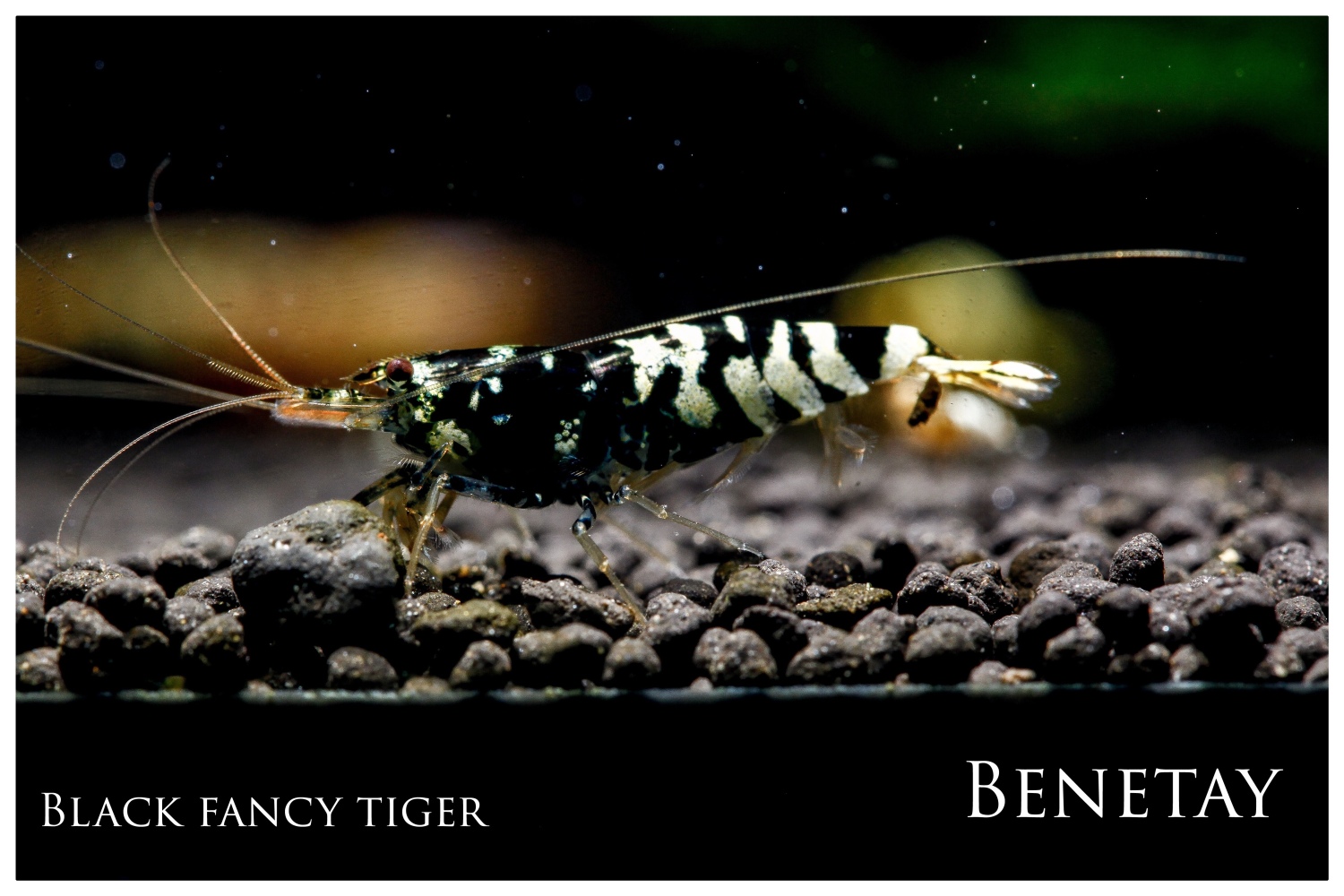

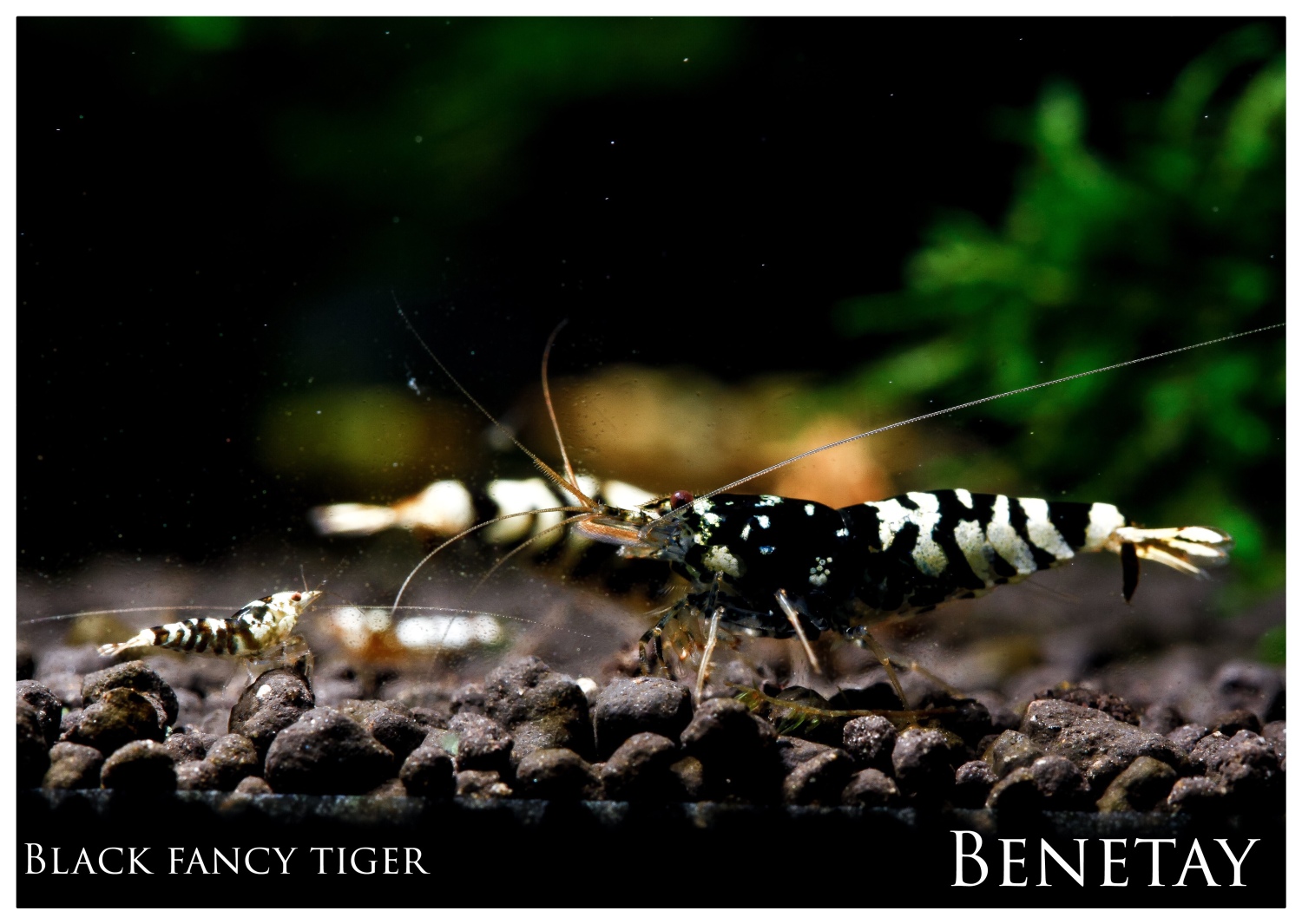
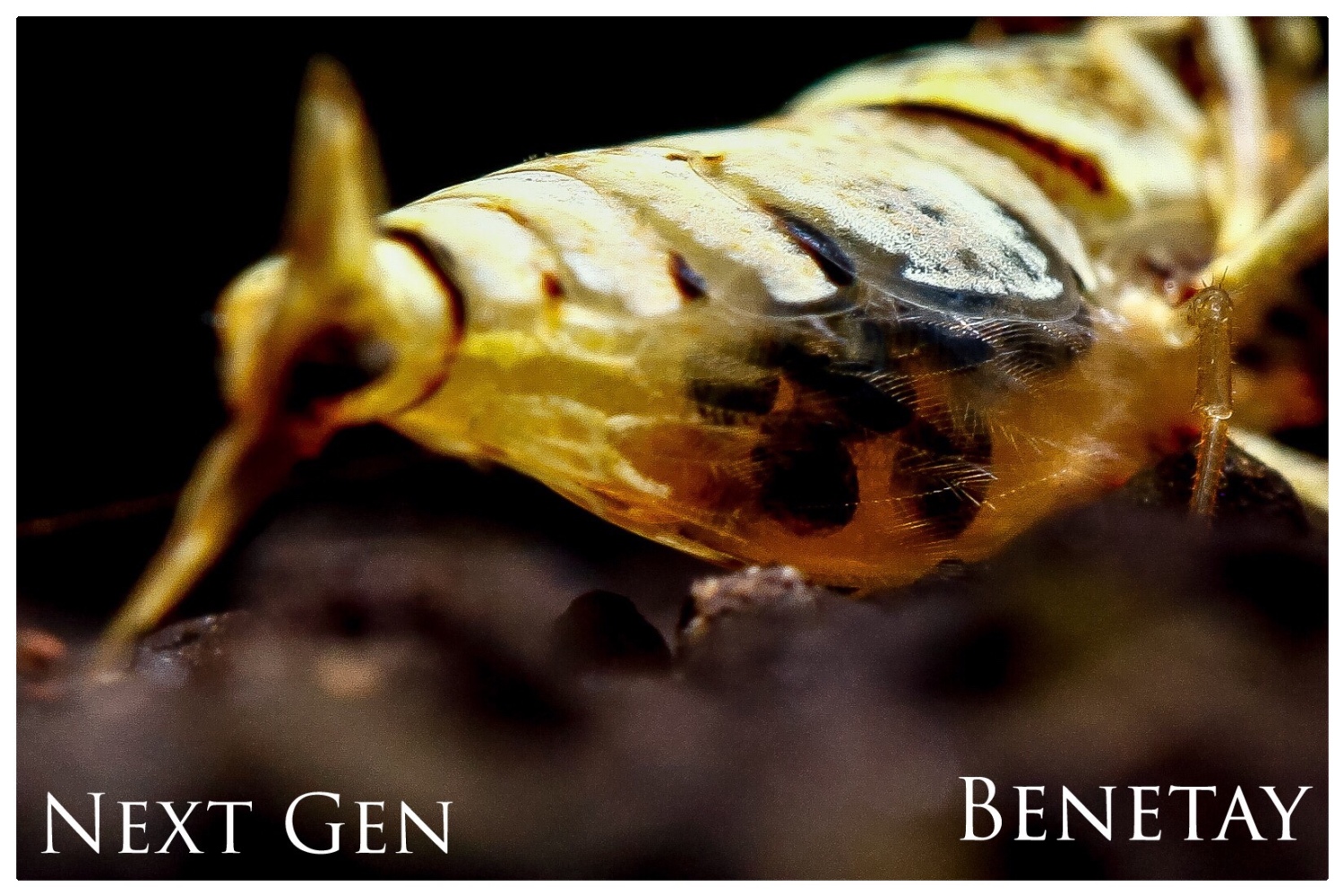



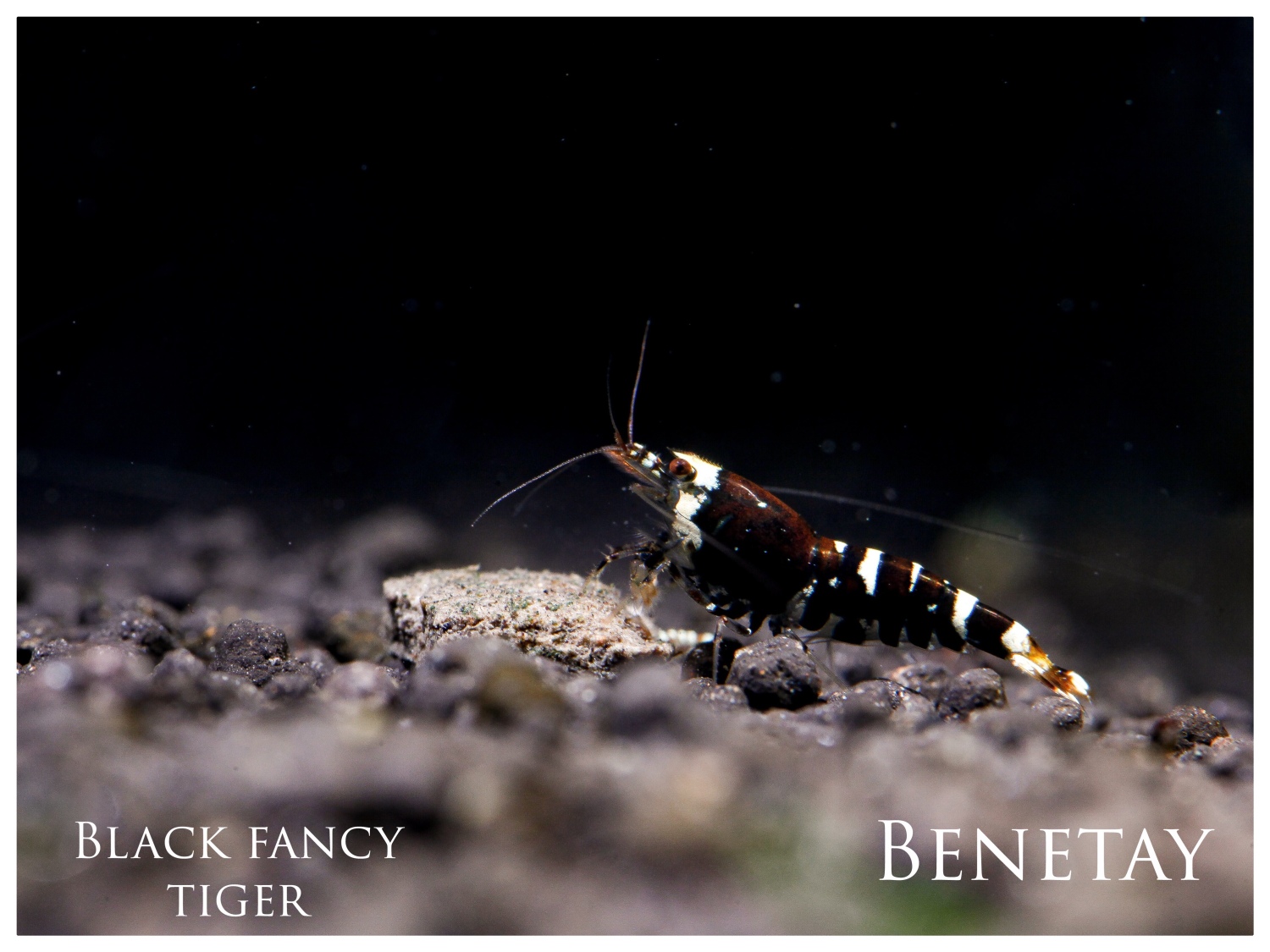





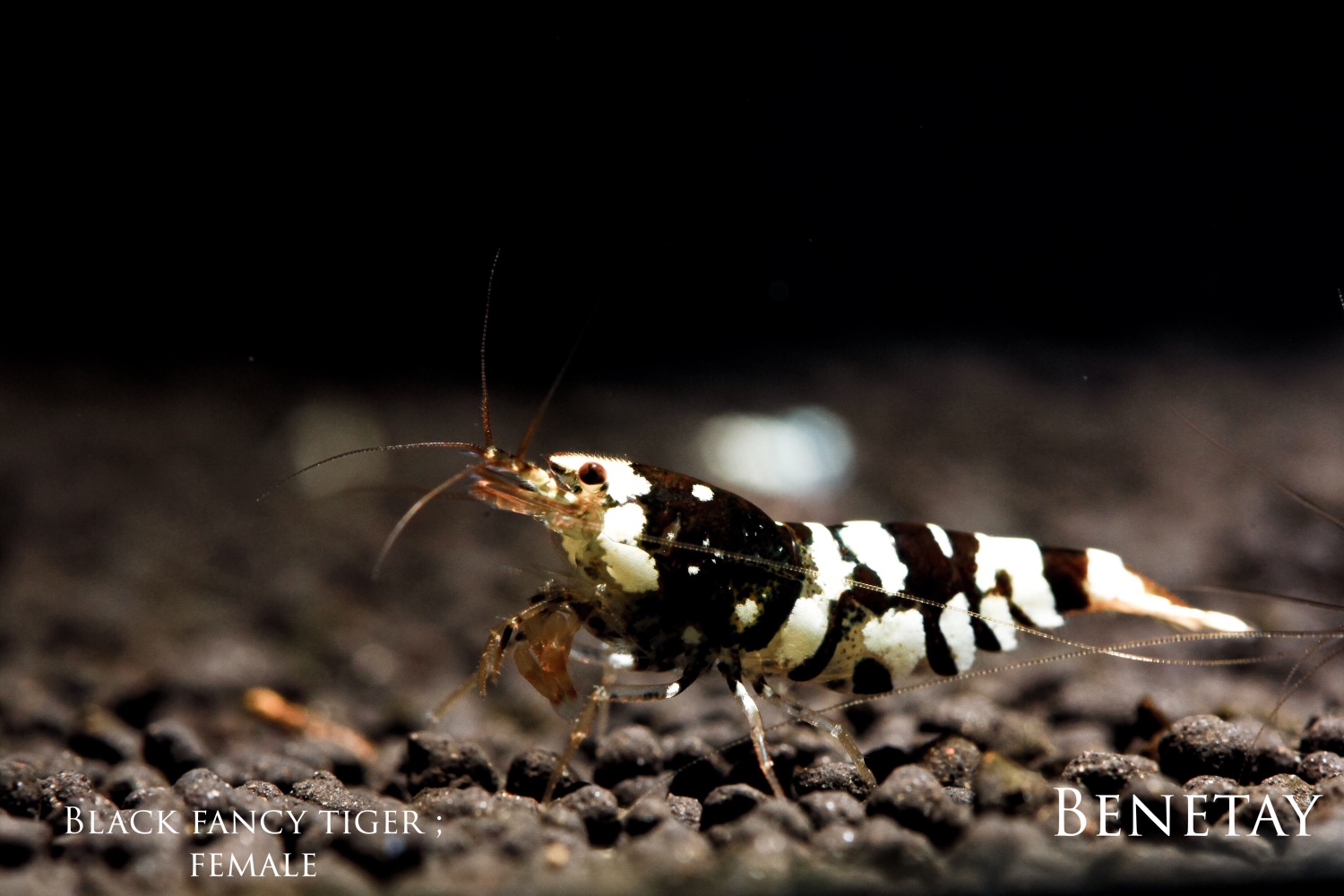


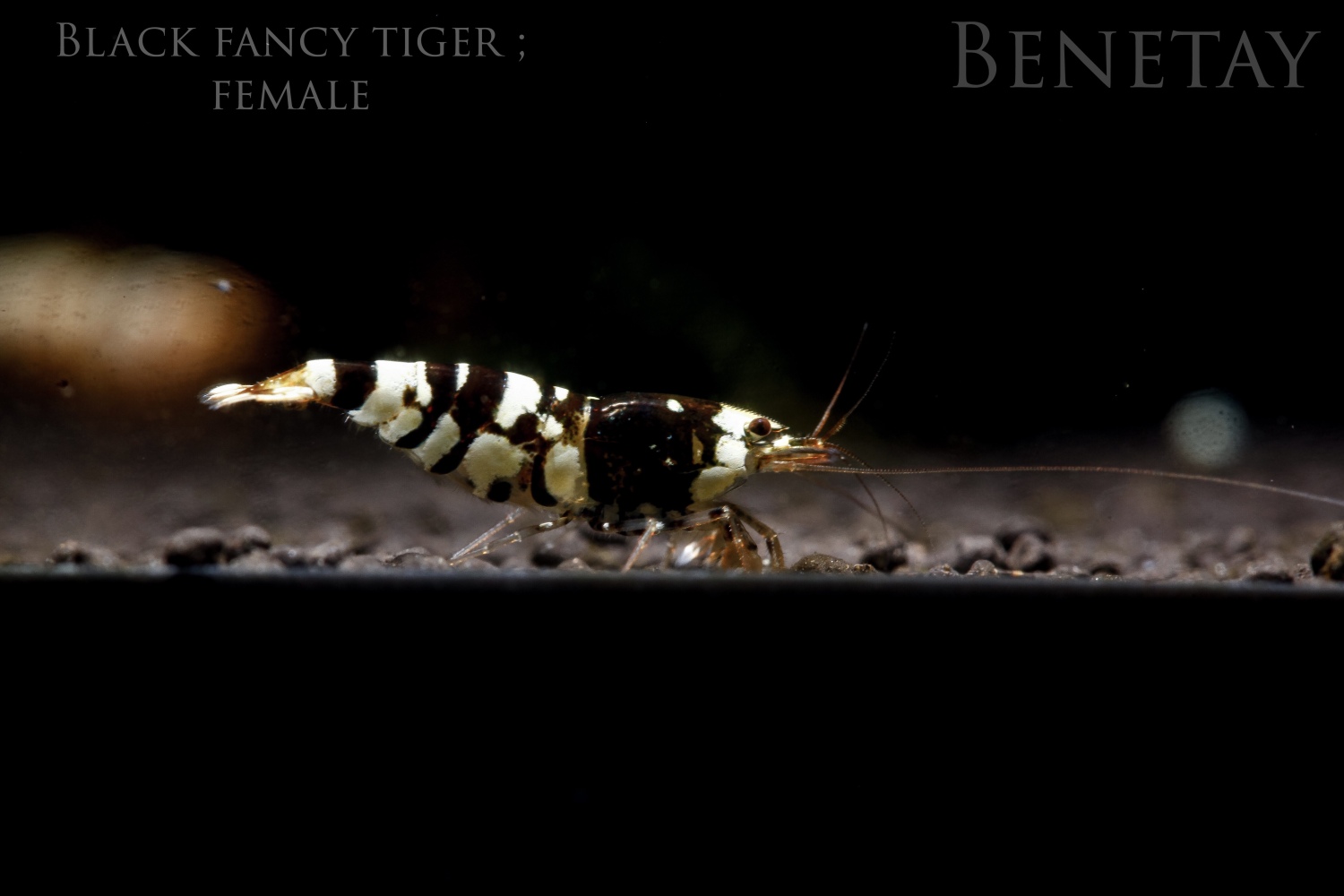
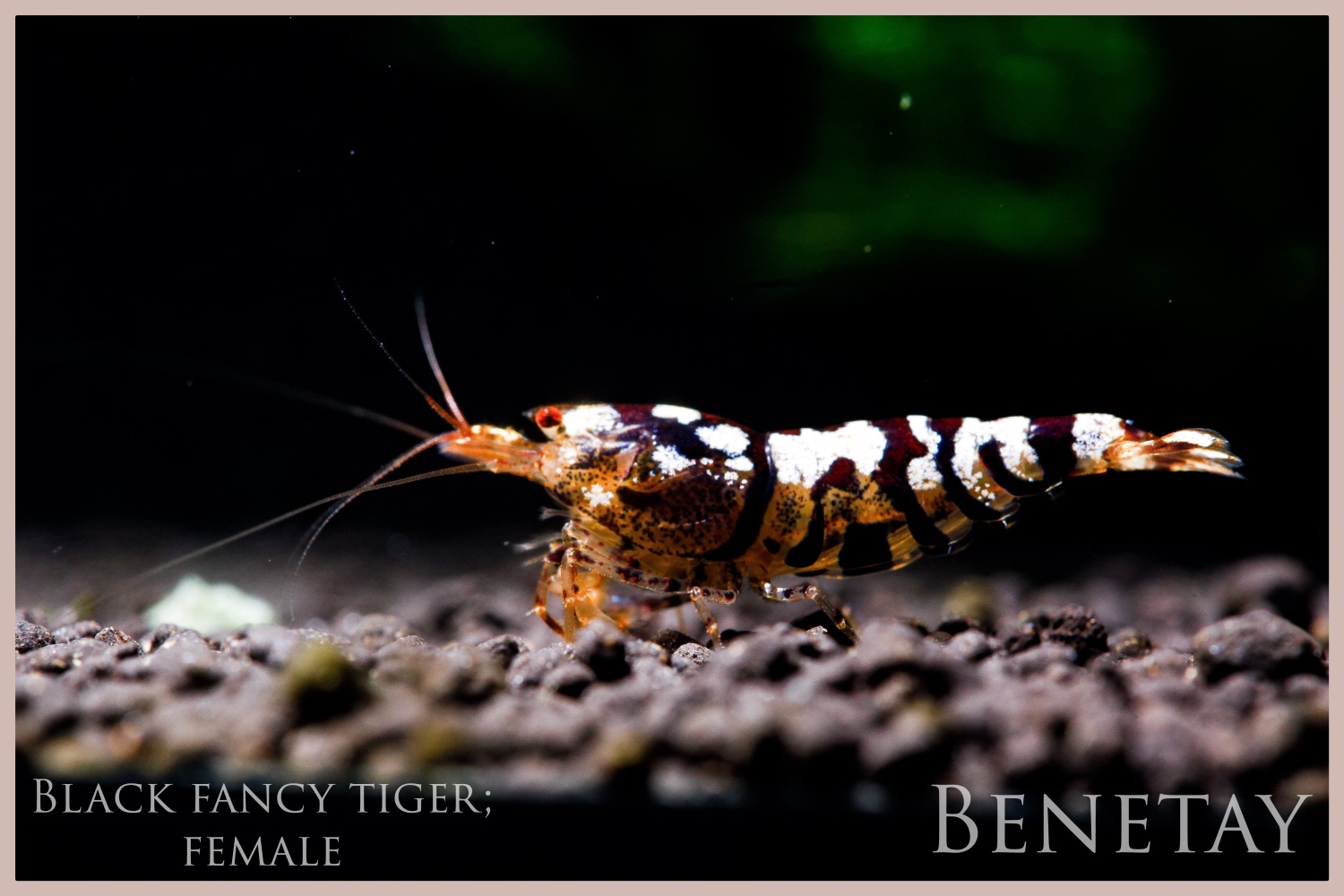


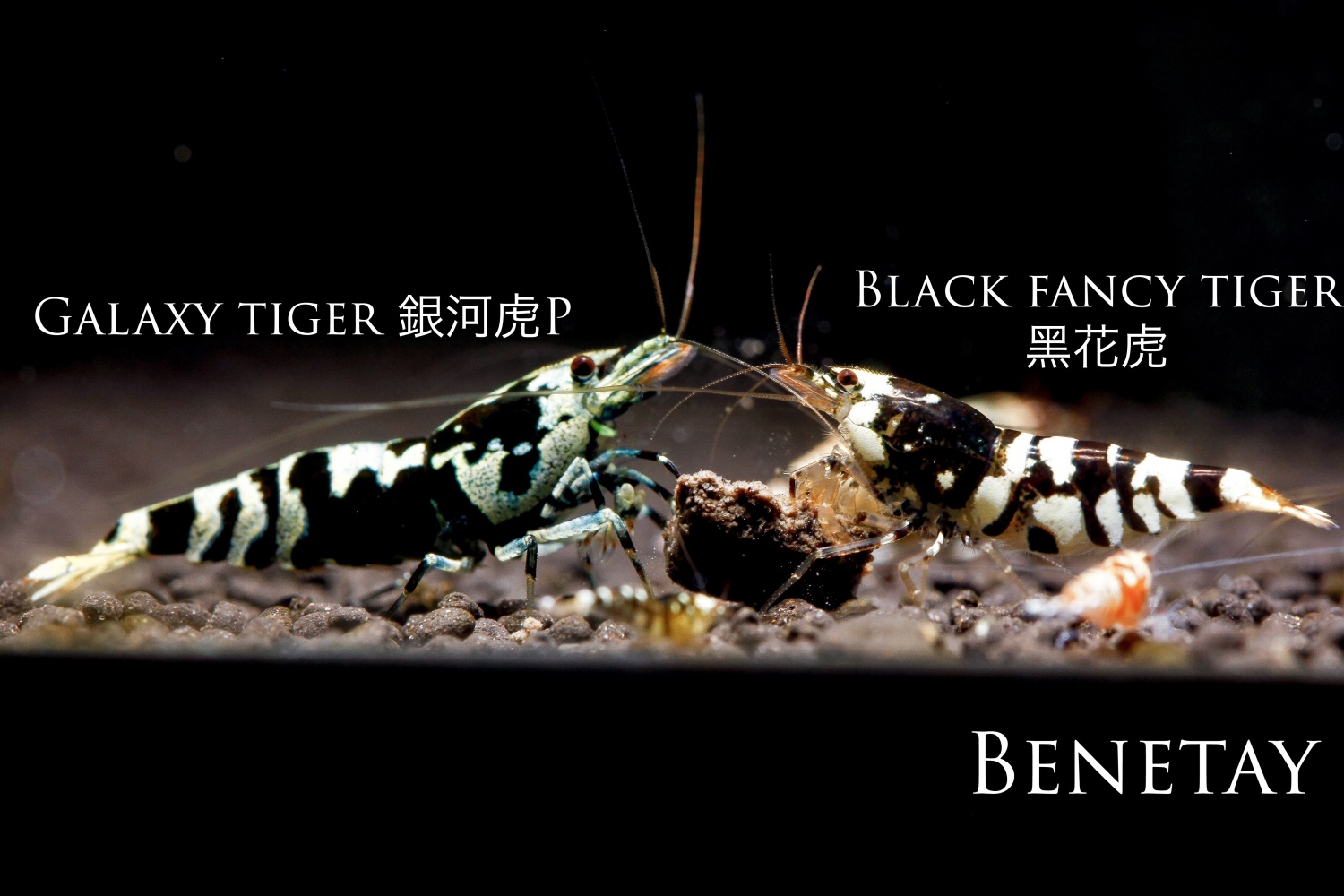



 Turkish coffee with the newly acquired friends!
Turkish coffee with the newly acquired friends! 